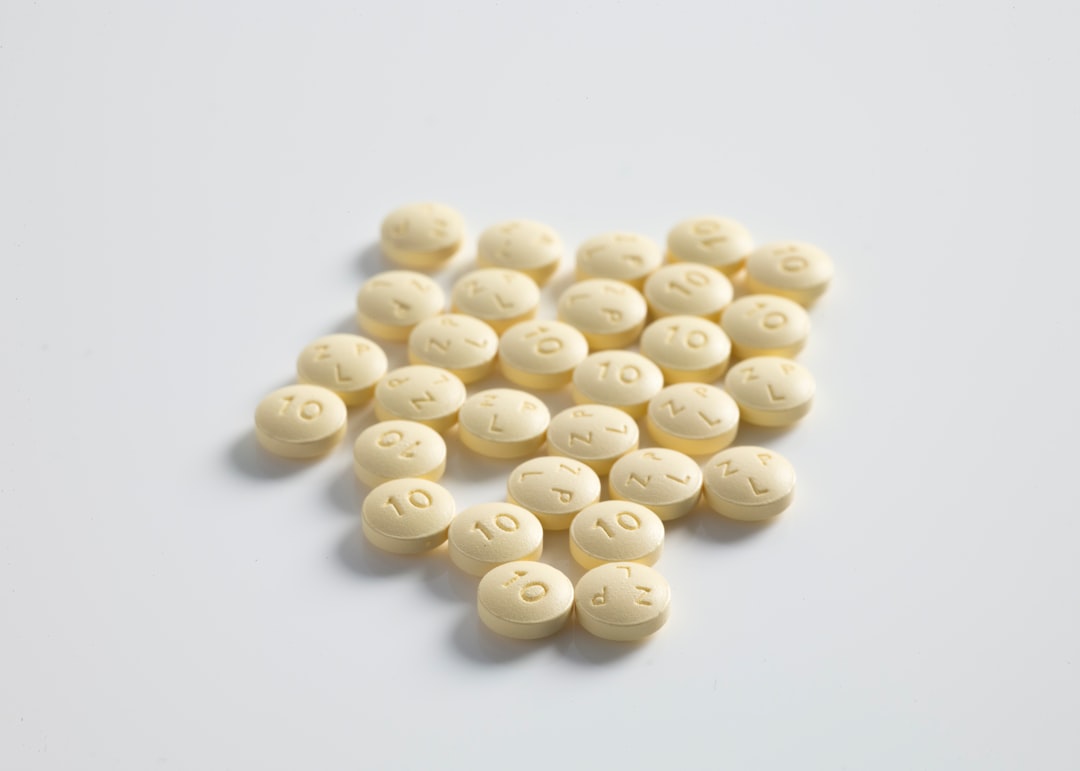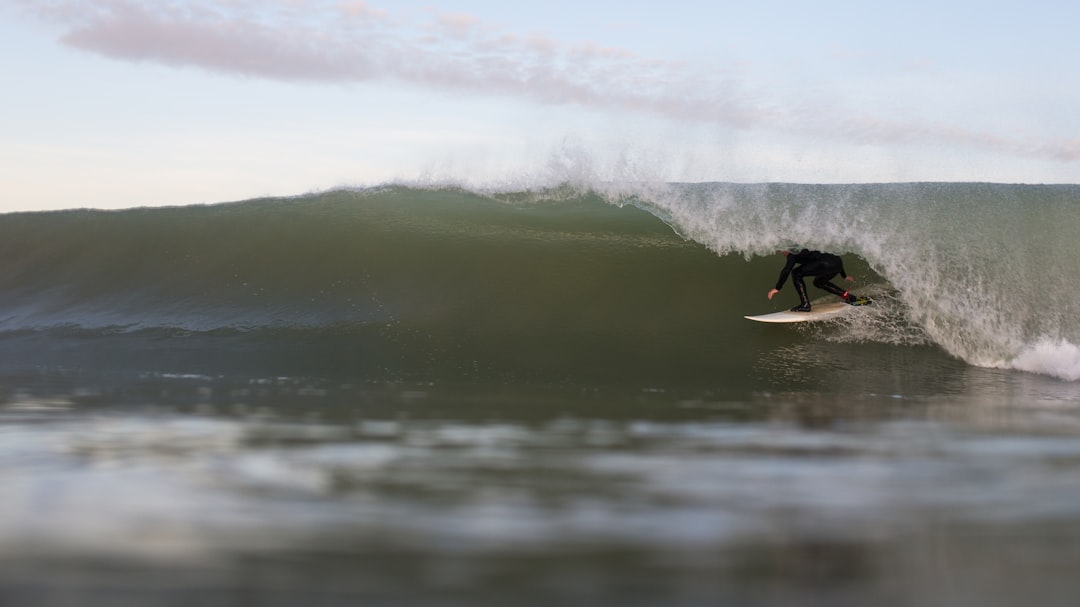What is it about?
From examining informative HIV-1 prevention vaccine trials along with support from the literature, a candidate correlate of protection against HIV-1 was deduced to have the following properties: potent, innate, induced by viruses or viral vectors, probably occurs in alternatively activated macrophages, could be regulated by tuftsin (a peptide released by bound IgG), probably down-modulated by the adaptive response, enhanced by natural female hormones, not addressed by classical or traditional approaches, and not likely present in rhesus monkeys or mice. A candidate with these characteristics was presented; human endogenous retrovirus K102 (HERV-K102). Moreover accumulating clinical, biochemical/biological and phylogenetic evidence supports the notion that HERV-K102 particle production along with the activation of human specific HERV-K HML-2 elements may inhibit HIV-1 replication and acquisition. HERV-K102 is a very novel, virus anti-virus response (in this case a foamy retroviral anti-lentivirus response).
Featured Image
Why is it important?
That HERV-K102 may be a viral anti-virus response against HIV-1 is totally unexpected and novel. Since it may also protect against other viruses and likely intracellular pathogens more generally, as well as tumors, this novel innate immune mechanism which creates FOAMY MACROPHAGES might be very significant more generally in medicine. Indeed, a new immunosenescence paradigm involving blocked release of HERV-K102 particles from foamy macrophages (Laderoute MP, Discovery Medicine, Dec 2015) is proposed to be causally associated with many if not most types of chronic illness in the adult. Moreover, it seems the release of HERV-K102 particles might induce innate B and T cell responses to HERV-K102 Env antigens (and/or HML-2 antigens), meaning there is an autoimmune vaccination process that may also be involved. [See posts about this at https://linkedin.com/in/hervk102.] Thus, the administration of HERV-K102 particles or their natural induction, may serve to provide an innate vaccine effective against HIV-1 acquisition and which may also promote a functional cure in those already infected with HIV-1. This paper offers a candidate immune protector mechanism which can now be tested in participants of HIV-1 prevention vaccine trials, as well as in HIV-1 exposed seronegative cohorts, elite controllers and in post treatment interruption controllers.
Perspectives
The discovery of HERV-K102 as a replication competent virus (Laderoute MP et al., AIDS 2007) in HIV-1 patients (as well as patients with other bloodborne pathogens), was serendipitious made just over 10 years ago. That antibody responses to HERV-K102 envelope were also commonly seen in HIV-1 patients, raised the issue that particles might stimulate protective but innate B and T responses, the latter which were later shown to clear HIV-1 infected cells in cultures (Jones RB et al., J Clin Invest , 2012). That the particles themselves may be protective (i.e., potentially lyse HIV-1 infected cells) was supported by showing an association of increased integration of HERV-K102 pol in genomic DNA isolated from plasma samples in an HIV-1 exposed seronegative cohort over normal healthy controls. As expected increased integration was not detected in those who had already acquired HIV-1. Indeed in HIV-1 infected persons, HERV-K102 particle production is down-modulated by 7-8 logs when compared to maximal levels detected in patients with other blood borne pathogens. IMPORTANTLY however, it remains to be shown that the HERV-K102 virus undergoes lytic infections in HIV-1 infected cells, and it needs to be evaluated if HERV-K102 activation can be documented as correlates of protection in the informative HIV-1 prevention vaccine trial participants.
Dr. Marian P Laderoute
Immune System Managment Clinic & Lab
Read the Original
This page is a summary of: Clues to finding correlates of risk/protection for HIV-1 vaccines, F1000Research, January 2018, Faculty of 1000, Ltd.,
DOI: 10.12688/f1000research.11818.2.
You can read the full text:
Resources
Contributors
The following have contributed to this page










